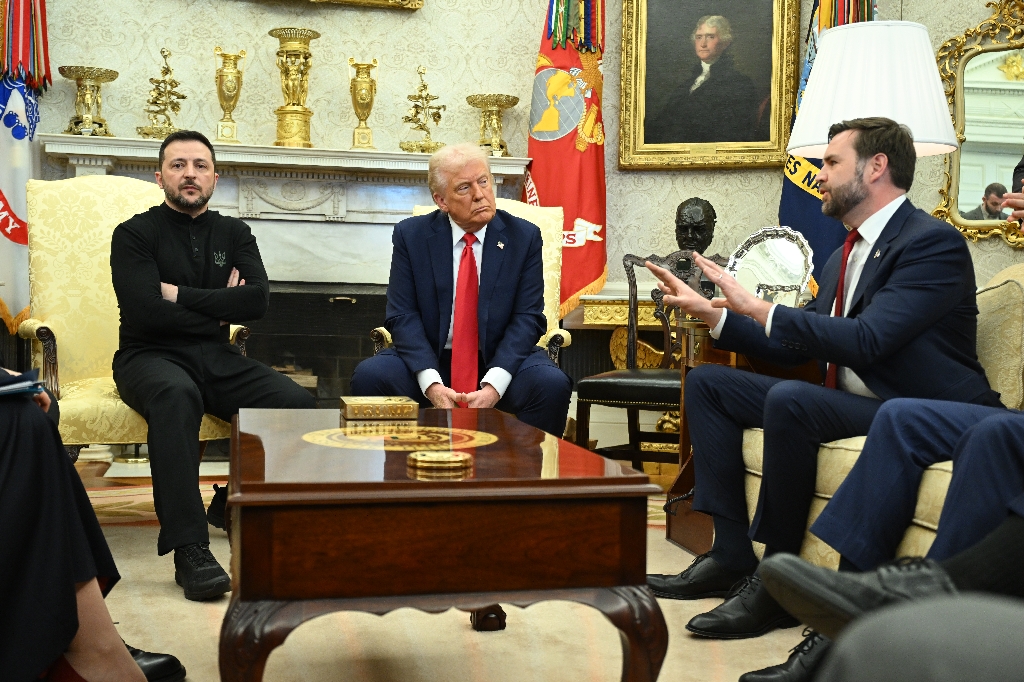Washington (AFP) – The United States is waging a diplomatic offensive to persuade Hamas to accept a ceasefire plan laid out by President Joe Biden, working with the United Nations and world leaders favorable to the Palestinians. Biden, whose support for Israel has alienated parts of his base five months before razor-tight elections, on May 31 took his boldest move by publicly unveiling the plan to halt the conflict and eventually end the war.
On Thursday, the White House released a statement by Biden and 16 other world leaders that called on Hamas to agree, saying, “There is no time to lose.””It is time for the war to end and this deal is the necessary starting point,” it said. Joining the statement were the leaders of European powers Britain, France and Germany.But also included was Spanish Prime Minister Pedro Sanchez, who has infuriated Israel by recognizing a Palestinian state and joining a South African-led case at the International Court of Justice that accuses Israel of “genocide.” Also joining the White House statement were two Latin American leftist presidents whose comments on the conflict have angered Israel — Brazil’s Luiz Inacio Lula da Silva and Colombia’s Gustavo Petro — as well as their ideological rival on the continent, Argentina’s Javier Milei, a staunch defender of Israel.
US officials privately acknowledge the limits of such diplomatic statements on Hamas and its elusive leader Yahya Sinwar, who is believed to be in hiding in a devastated Gaza. But US officials believe Sinwar has been emboldened by the international condemnation of Israel, and are eager to show him a global near-consensus for an end to the conflict.
Under the plan unveiled by Biden, Israel would withdraw from Gaza population centers and Hamas would free hostages for an initial six weeks, with the ceasefire extended as negotiators seek a permanent end to hostilities. Biden billed the plan as an Israeli offer, although it has drawn criticism from some right-wing Israeli politicians critical to Prime Minister Benjamin Netanyahu’s coalition government. Violence has kept raging, with a Gaza hospital saying Thursday at least 37 people were killed in an Israeli strike on a UN-run school which the Israeli military alleged housed a Hamas compound.
– Progress seen at UN – Mediator Qatar has submitted the plan to Hamas for review. A Hamas official on Thursday said it was “just words” and not a written proposal, without formally rejecting it. US Secretary of State Antony Blinken, who has been regularly traveling to the region, has also been promoting the plan through phone calls with Arab foreign ministers.
One key place where the United States hopes to push through the deal is the United Nations, where the Palestinians have long counted on broad international support. The United States is circulating a draft Security Council resolution backing the deal that it hopes can muster support and avoid a veto by Russia, whose relationship with the United States has hit rock bottom. Diplomats said Algeria, the Arab representative on the UN Security Council, has agreed not to prioritize its own resolution demanding an immediate ceasefire, following a call between Blinken and the Algerian foreign minister.
The latest version of the draft resolution circulated Thursday, as seen by AFP, calls on Hamas to accept the deal and “urges both parties to fully implement its terms without delay and without condition.” The language was a shift from a previous draft which explicitly called only on Hamas to implement the deal, causing unease from some countries, diplomats said. The leaders’ statement issued by the White House similarly asked both sides to “make whatever final compromises are necessary to close this deal.”
The war was sparked by Hamas’s October 7 attack that resulted in the deaths of 1,194 people, mostly civilians, according to an AFP tally based on Israeli official figures. Israel’s retaliatory military offensive has killed at least 36,654 people in Gaza, also mostly civilians, according to the Hamas-run territory’s health ministry.
© 2024 AFP




